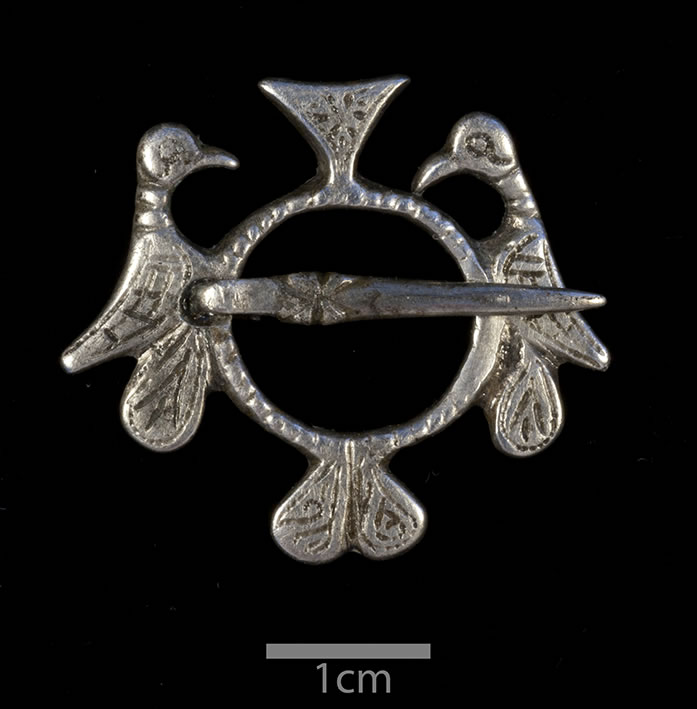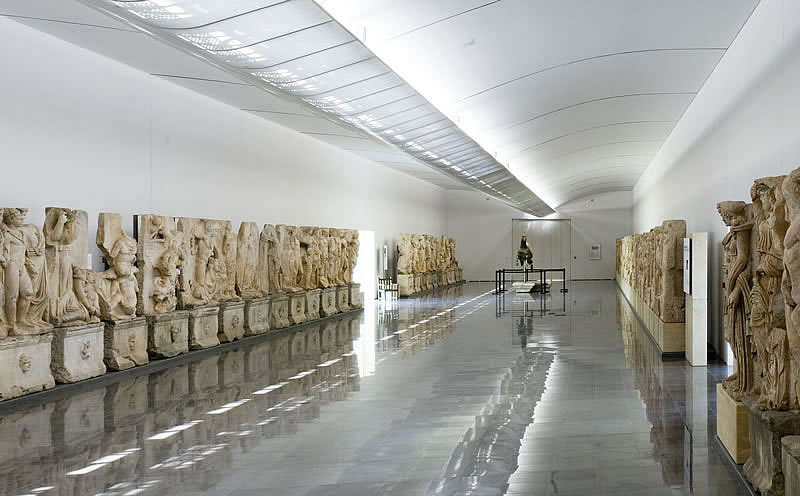History
The End of the Classical City
The urban centre of Aphrodisias was largely abandoned in the early seventh century AD, as happened at other cities in rural areas throughout western Asia Minor. Public buildings fell into ruin. Colonnades had their roof tiles and timber removed, but the imposing marble columnar architecture was left in place and collapsed later in its own time. The abandonment of the classical city seems not to have been due to any single natural or military catastrophe, but rather to the failure of the imperial government in Constantinople, in the face of repeated Persian and Arab invasions, to maintain its control and the administration of its cities.
As a provincial capital, Aphrodisias had a longer and stronger twilight than most, but by AD 600 the life of the classical city was over. Middle Byzantine Aphrodisias reverted to a pattern of life similar to that of pre-Roman times, centred on a rural sanctuary (now the cathedral of St. Michael instead of the Temple of Aphrodite), and a small associated settlement on theTheatre hill. Aphrodisias survived as a small Byzantine cathedral town, the residence of a bishop, up to c. 1200, when the cathedral was burnt and the settlement severely depopulated. From the 13th century, the Turkish village of ‘Caria’ (= Geyre) was settled and grew up on the site.





